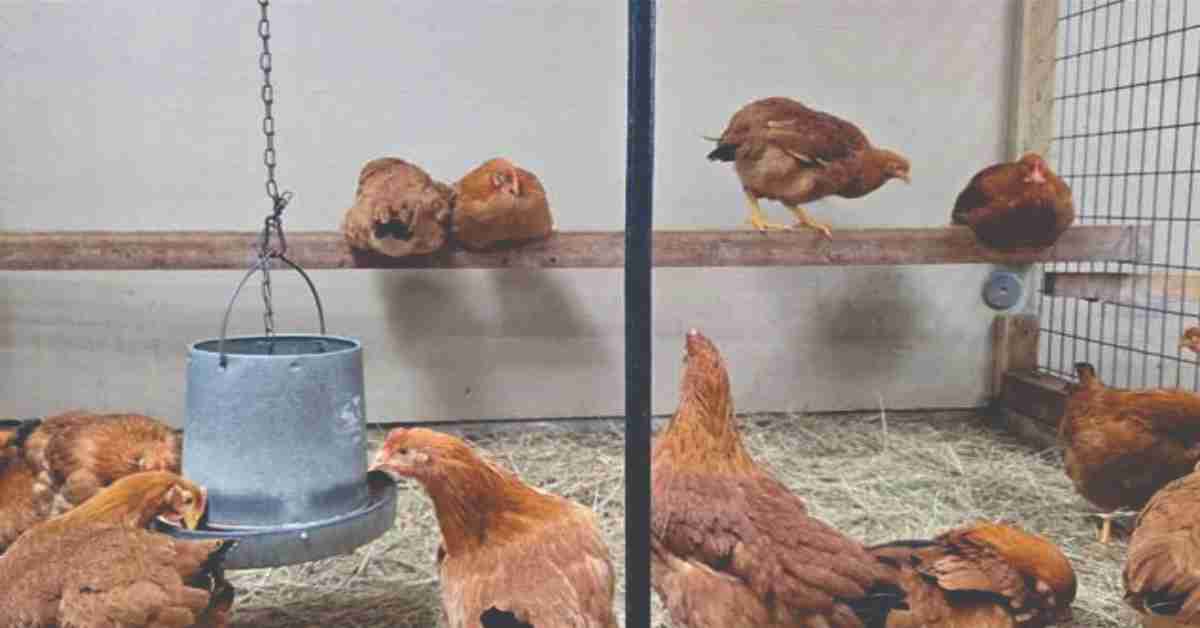US Households Turn to Backyard Chickens Amid Soaring Egg Prices
Some Texas cities and towns permit backyard chicken farming, provided health regulations are followed.

A Houston-based poultry supply company is witnessing an unprecedented demand for chickens as rising egg prices push more Americans to start raising their own flocks.
Egg prices have skyrocketed due to a severe outbreak of bird flu that has devastated poultry farms across the country. The U.S.
Department of Agriculture reports that over 21 million egg-laying hens were culled in 2024 alone, following the loss of 13.2 million birds in December.
With eggs now a costly commodity, consumers are looking for alternatives. John Berry, manager of a livestock company in Houston, says demand for poultry has surged dramatically.
“Our sales have doubled or even tripled. We’re selling over 100 chickens a week,” Berry told AFP. “Before, it would take two or three weeks to sell that many.”
A dozen premium eggs now cost up to $10 in some supermarkets, while even lower-grade eggs have doubled in price from their usual two to three dollars.
Retailers like Trader Joe’s and Costco have imposed purchasing limits, and restaurants like Waffle House have added a 50-cent surcharge per egg.
Last week, a Seattle restaurant was even robbed of 500 eggs from its storeroom overnight.
Backyard Farming on the Rise
Many of Berry’s customers are first-time chicken owners. Arturo Becerra, for example, recently purchased 10 hens for $400, along with a $20 supply of feed.
On Monday, he bought five more and plans to expand his flock further.
“I have a large family, and eggs are just too expensive,” said Becerra, a 57-year-old originally from Mexico. “Raising chickens seems like the cheaper option.”
Some Texas cities and towns permit backyard chicken farming, provided health regulations are followed.
The Centers for Disease Control and Prevention (CDC) states that while the risk of avian flu to the general public remains low, those handling birds are at greater risk of infection.
However, this hasn’t deterred longtime chicken raisers like Billy Underhill, a 62-year-old construction company owner.
“I heard eggs are selling for $10 a dozen. I was already planning on buying more chickens,” he said. “Some eventually die or stop laying, so I keep the egg supply going for my family.”
A Slow Recovery
Berry notes that replenishing the nation’s poultry stock will take time.
“There are no chickens ready to replace the millions lost to avian influenza,” he explained. “You would have had to anticipate this and raise thousands or even millions of extra birds.”
In addition to poultry farms, avian flu has also affected U.S. dairy cows, with 68 reported human cases since last year.
One fatality was linked to exposure to a mix of backyard flocks and wild birds, according to health officials.
While new generations of chickens are growing, it could take months before the egg market stabilizes. Berry advises consumers to stock up where possible.
“It will be at least two or three months before things get back to normal,” he said.
